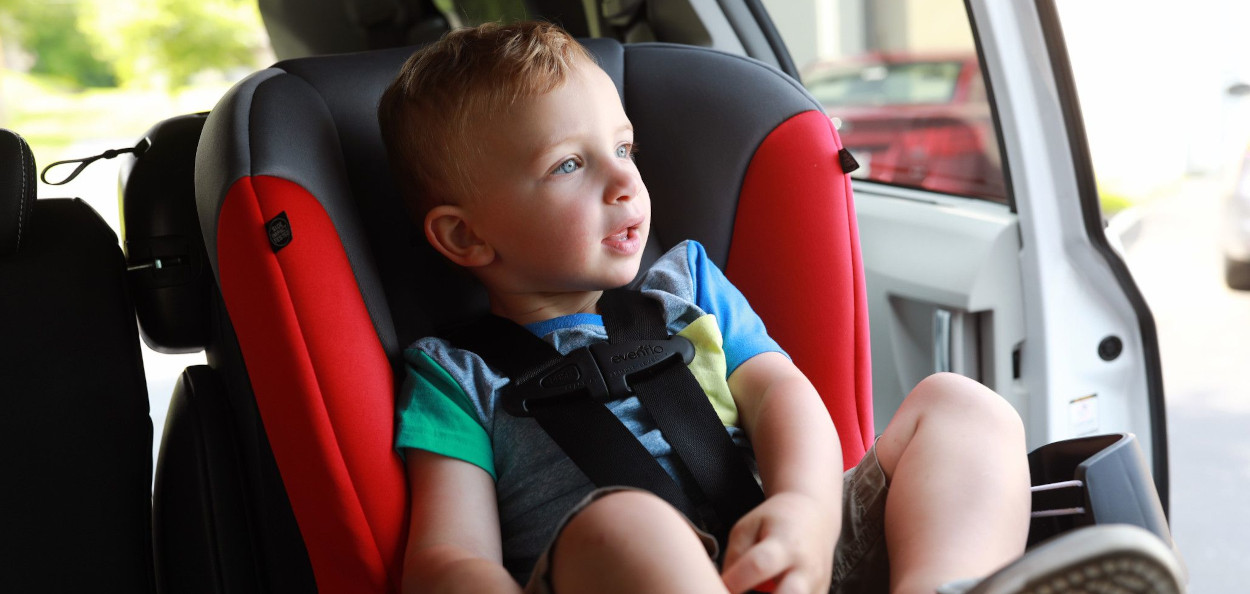Motion sickness in kids can turn a fun trip into a miserable experience. It affects many children and can make travel stressful for families.
But worry not, there are ways to prevent it. Understanding motion sickness helps in managing it better. It happens when the brain gets mixed signals from the eyes, ears, and body. This confusion leads to nausea, dizziness, and discomfort. Kids are more susceptible due to their developing sensory systems.
Preventing motion sickness in kids involves simple steps and precautions. In this blog, you will find practical tips and tricks to ensure smooth, happy travels. Keep reading to learn how to make your journeys enjoyable for your little ones.
Recognizing Motion Sickness Symptoms
Children may experience dizziness, nausea, or vomiting during car rides. Encourage them to look out the window and take deep breaths to help prevent motion sickness. Offering light snacks can also be helpful.
Recognizing motion sickness symptoms in kids is crucial for preventing a full-blown episode. By spotting the signs early, you can take quick action to ease your child’s discomfort. This section will help you identify common symptoms and understand the importance of early detection.Common Signs
Recognizing the common signs of motion sickness in kids can make a world of difference. Kids might not always articulate their discomfort, so you need to be observant. Look out for pale skin. If your child suddenly looks unusually pale, it’s a red flag. Frequent yawning or excessive sweating are also common indicators. Nausea is a classic symptom. Your child might complain about feeling sick to their stomach. Keep an eye on their behavior. If they seem unusually tired or irritable, it could be motion sickness.Early Detection
Early detection of motion sickness can help you prevent it from getting worse. The sooner you recognize the symptoms, the quicker you can act. Do you remember the time your child felt queasy on a road trip? You probably wished you had noticed the signs earlier. By identifying symptoms like dizziness or a headache early on, you can stop the ride, give them fresh air, or let them rest for a while. Offering a small snack or water can also help, as an empty stomach can worsen motion sickness. Wouldn’t it be easier to enjoy your travels if you could nip motion sickness in the bud? Recognizing these symptoms early can make your trips more enjoyable and less stressful.
Credit: blog.cincinnatichildrens.org
Effective Prevention Techniques
Preventing motion sickness in kids involves smart travel habits. Encourage them to look outside, avoid heavy meals, and stay hydrated. Fresh air and breaks can also help reduce symptoms.
When traveling with kids, motion sickness can turn a fun trip into a nightmare. Thankfully, there are several effective prevention techniques you can use to keep your child comfortable and happy. Let’s dive into some practical strategies you can apply before and during your journey.Pre-travel Preparations
Before you hit the road, consider your child’s comfort. Make sure they are well-rested and hydrated. Tiredness and dehydration can make motion sickness worse. Pack some light snacks. Avoid heavy meals before and during travel. Foods like crackers or an apple are ideal. Plan your route to include frequent breaks. Stopping every hour or so allows your child to get fresh air and stretch their legs. Choose the right seat. In a car, the front seat is usually less bumpy. On a plane, seats over the wings are more stable. Bring some distractions. Books, toys, or music can keep your child’s mind off the motion.During Travel Strategies
Once you’re on the move, keep a few key strategies in mind. Encourage your child to look out the window. Focusing on the horizon can help balance their inner ear. Keep air flowing. Open a window or use the air vents to provide fresh air, which can alleviate symptoms. Use acupressure bands. These wristbands apply pressure to specific points on the wrist and can reduce nausea. Offer small sips of water or ginger ale. Ginger is known for its anti-nausea properties, and staying hydrated is crucial. Avoid screens. Watching movies or playing video games can worsen motion sickness. Instead, suggest a conversation or sing some songs. Keep a plastic bag handy. Just in case the motion sickness gets the best of them, you’ll be prepared. By preparing effectively and employing these strategies, you can make travel a more pleasant experience for your child. Have you tried any of these techniques? What has worked best for your family?Natural Remedies And Medical Options
When it comes to preventing motion sickness in kids, parents often seek natural remedies and medical options. This section will explore both approaches to help you find the best solution for your child. From herbal solutions to over-the-counter medications, there are practical steps you can take to ensure a comfortable journey.
Herbal Solutions
Herbal remedies can be a gentle way to combat motion sickness. Ginger is a popular choice. You can make ginger tea or use ginger candies. These can ease nausea and are generally safe for kids.
Peppermint is another effective herb. Peppermint tea or essential oil can be soothing. A few drops of peppermint oil on a handkerchief can offer relief during travel.
Chamomile is also helpful. Chamomile tea can calm the stomach. It’s a mild option suitable for children.
Over-the-counter Medications
Sometimes, herbal solutions may not be enough. Over-the-counter medications can provide a stronger relief. Antihistamines like Dimenhydrinate (Dramamine) are commonly used. They can prevent nausea and vomiting.
Always check the dosage guidelines for kids. These medications can cause drowsiness, so it’s important to monitor your child after administration.
Another option is Meclizine (Bonine). It’s effective for older kids. Consult with a pediatrician before use to ensure it’s appropriate for your child.
What has worked best for your child? Do you prefer natural remedies or medications? Share your experiences in the comments below.

Credit: www.uhhospitals.org

Credit: www.dramamine.com
Frequently Asked Questions
How To Stop Motion Sickness In Kids?
To stop motion sickness in kids, provide fresh air, distract with games, and offer light snacks. Use motion sickness bands or medication if needed.
How To Keep Kids From Getting Seasick?
Give kids ginger candies or motion sickness bands. Ensure they look at the horizon. Keep them hydrated with water. Avoid heavy meals before the trip. Provide fresh air by staying on deck.
Why Are Children Prone To Motion Sickness?
Children are prone to motion sickness because their inner ears are still developing. This makes them more sensitive to movement. The brain receives mixed signals from the inner ear and eyes, leading to nausea.
Why Does My Kid Get Sick Every Time We Travel?
Travel disrupts routines, exposes kids to new germs, and causes fatigue, leading to sickness. Ensure rest and hydration.
What Causes Motion Sickness In Kids?
Motion sickness happens when the brain gets mixed signals. Eyes see movement, but the body feels still.
Conclusion
Preventing motion sickness in kids is achievable with the right steps. Keep snacks handy and ensure they stay hydrated. Choose the best seat for them, like near a window. Encourage looking outside, not at screens. Simple remedies help too. Always consult your doctor for persistent issues.
With these tips, travel can be enjoyable for the whole family.

